Saffron is one of the most expensive spices available, prized for its alluring flavor and rich golden-orange hue. A key component in many dishes, like saffron rice and paella, purchasing saffron can get pricey fast. But did you know you can grow this tasty spice right in your own backyard?
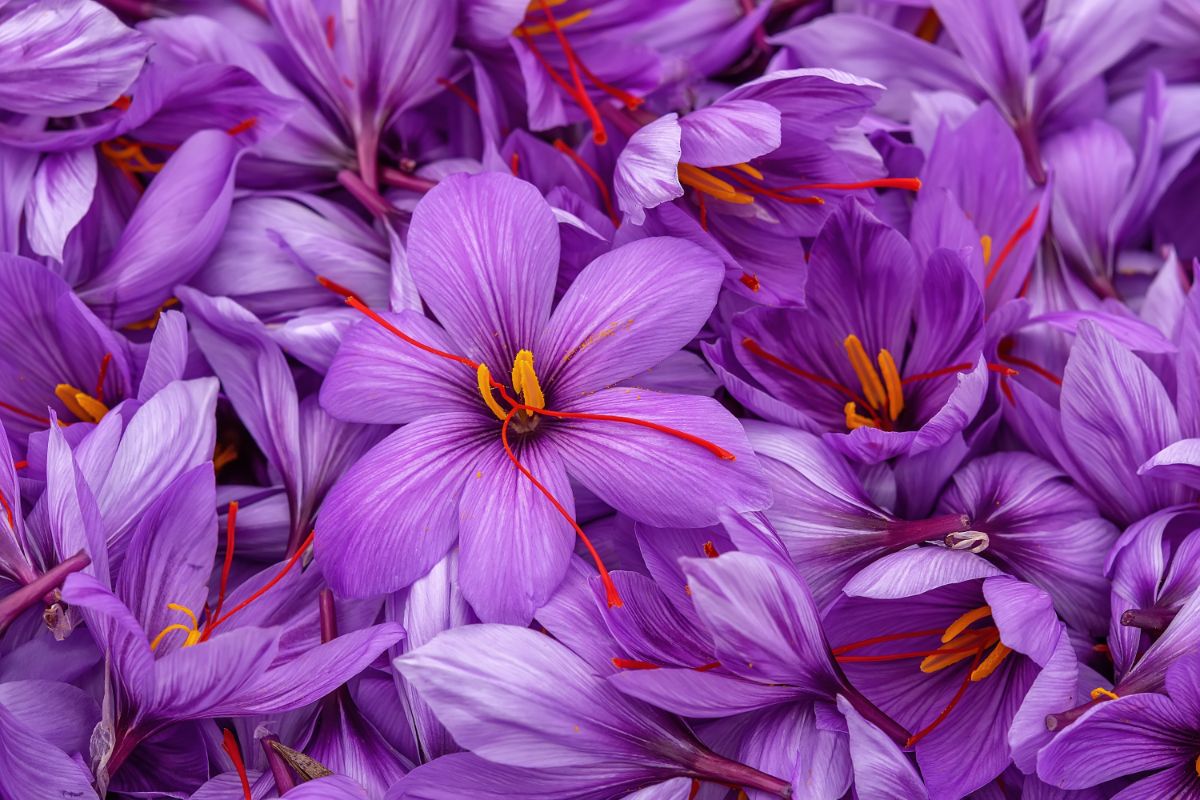
Saffron actually comes from the thread-like red stigmas in the flowers of the saffron crocus (Crocus sativus). Those stigmas are harvested by hand and then dried prior to use in your favorite dishes.
Thanks to their compact size, saffron crocuses can be grown in even very small yards. They’re also one of the top plants to grow if you’d like to earn a bit of extra cash with your gardening.
So, if you’re ready to learn all about how to grow this versatile and delicious spice, read on. This guide includes everything you need to know to grow saffron crocuses successfully.
Jump to:
- 18 top tips for growing saffron crocuses
- 1. Determine how many crocuses to plant
- 2. Plan out your beds
- 3. Pick the right location
- 4. Purchase corms from a reliable supplier
- 5. Plant at the right time
- 6. Follow proper spacing guidelines
- 7. Orient your corms correctly
- 8. Protect corms from pests
- 9. Be patient
- 10. Fertilize annually
- 11. Overwinter corms in cold regions
- 12. Divide your crocuses
- 13. Water when needed
- 14. Tidy up your beds
- 15. Know when to harvest
- 16. Dry your saffron fully
- 17. Store your saffron spice the right way
- 18. Use your homegrown saffron
- Frequently asked questions
- Summary
18 top tips for growing saffron crocuses
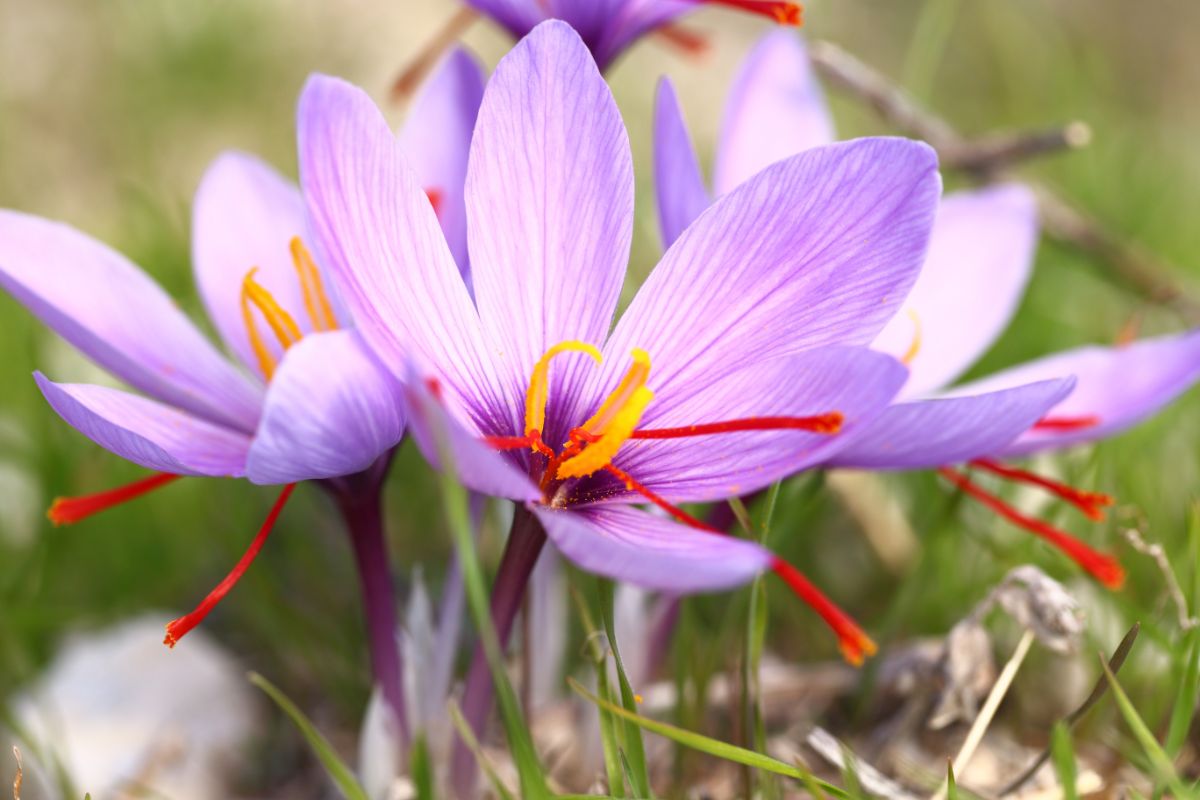
Like other flowering bulbs, saffron crocuses are incredibly easy to grow in your backyard – even if you’re working with a small space. But to help you grow these plants successfully, we’ve compiled our top hacks to grow a healthy crop of saffron!
1. Determine how many crocuses to plant
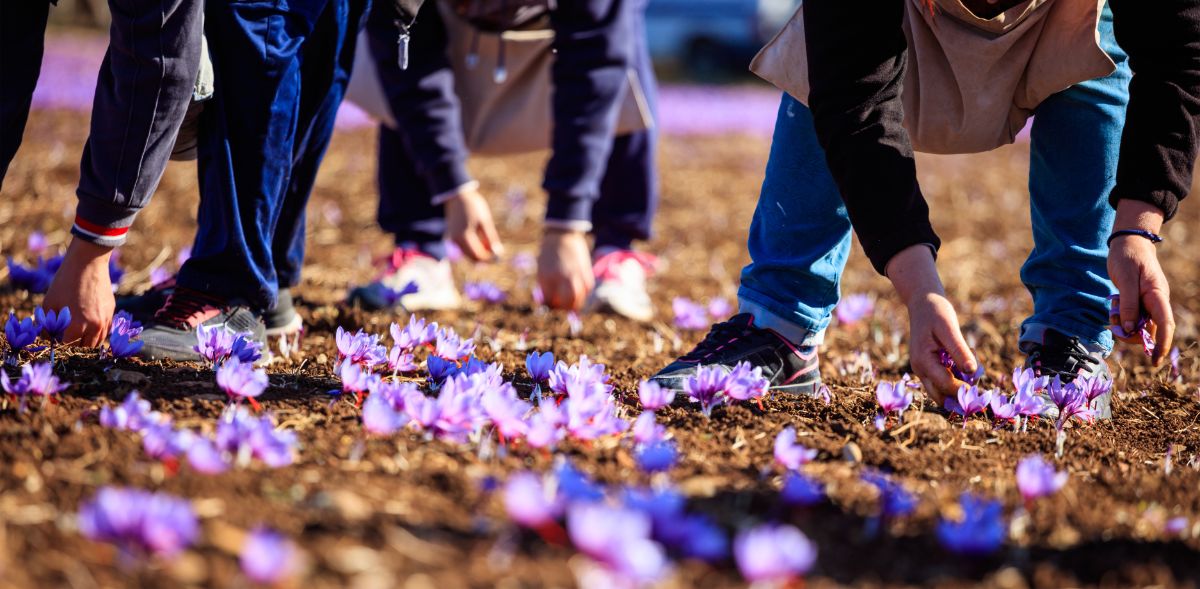
Before doing anything, you’ll want to consider what your goals are for growing saffron at home. Do you want to produce just enough saffron for your own kitchen? Or are you interested in growing saffron to sell at local farmers markets and other retail locations?
While saffron crocuses are small-space friendly, they are small plants, so you do need to grow a lot of them if you want to harvest a large quantity of saffron. That said, keep in mind that crocus corms multiply quite rapidly (corms are crocus’ bulb-like root system). So, even if you start out with just a few corms, your saffron patch will spread quickly within a few years.
Each crocus flower produces 3 stigmas and each corm grows just a single flower. For the average kitchen, growing roughly 2 dozen saffron crocus corms will produce enough harvestable saffron to liven up plenty of dishes throughout the year. However, if you’re interested in selling saffron, keep in mind you’ll need to grow about 70,000 corms to produce 1 pound of saffron.
2. Plan out your beds
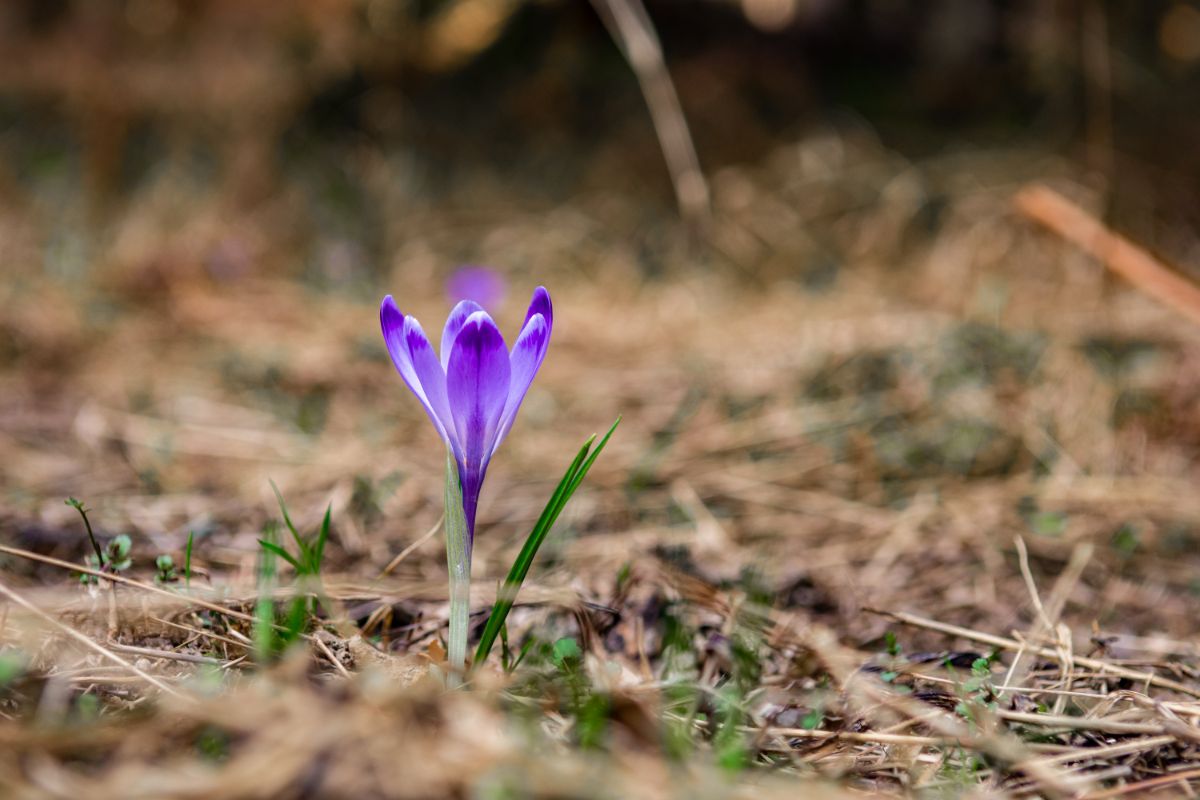
Once you know how many corms you’d like to grow, you’ll need to strategize your garden design.
For lots of color, try planting your corms all together to create a colorful bed of autumn blooming crocuses. Generally speaking, aim to plant roughly 12 corms per square foot to maximize your growing space.
Or, for a more natural look, corms can be planted singly throughout your grass or at the base of ornamental trees for a small splash of color.
If you live in a colder region, or you have a small outdoor space or rental property, saffron crocus corms can also be grown in planters. During winter, these planters can be simply moved indoors to protect your delicate corms from the worst of winter.
3. Pick the right location

Like other plants, choosing the right location to grow your saffron crocuses is key to successful gardening.
Saffron crocuses prefer well-draining soil that’s rich in organic matter, so amend your soil as needed with a bit of sand, aged manure or organic compost. Water logged soil can spell disaster for many bulbing plants, including saffron crocuses, and will lead to rot. To prevent this, pick a spot in your yard that stays dry, especially in summer when corms are dormant.
Saffron crocuses also prefer lots of sun, so be sure to locate them in a nice, sunny location if possible. However, if you have a shadier yard, saffron crocuses can also do well in part shade.
4. Purchase corms from a reliable supplier

Not all crocuses are created equally. While you may be able to find crocus corms easily at your local box store, those corms are unlikely to be saffron crocuses.
There are over 100 different types of crocuses, and the easiest ones to locate are not saffron crocuses. In fact, if your goal is to grow saffron at home, you’ll likely need to order your corms from an online nursery or seed catalog.
When choosing where to purchase your saffron crocuses, be sure to select a reliable supplier and read their reviews carefully to make sure you’re getting a quality product.
5. Plant at the right time
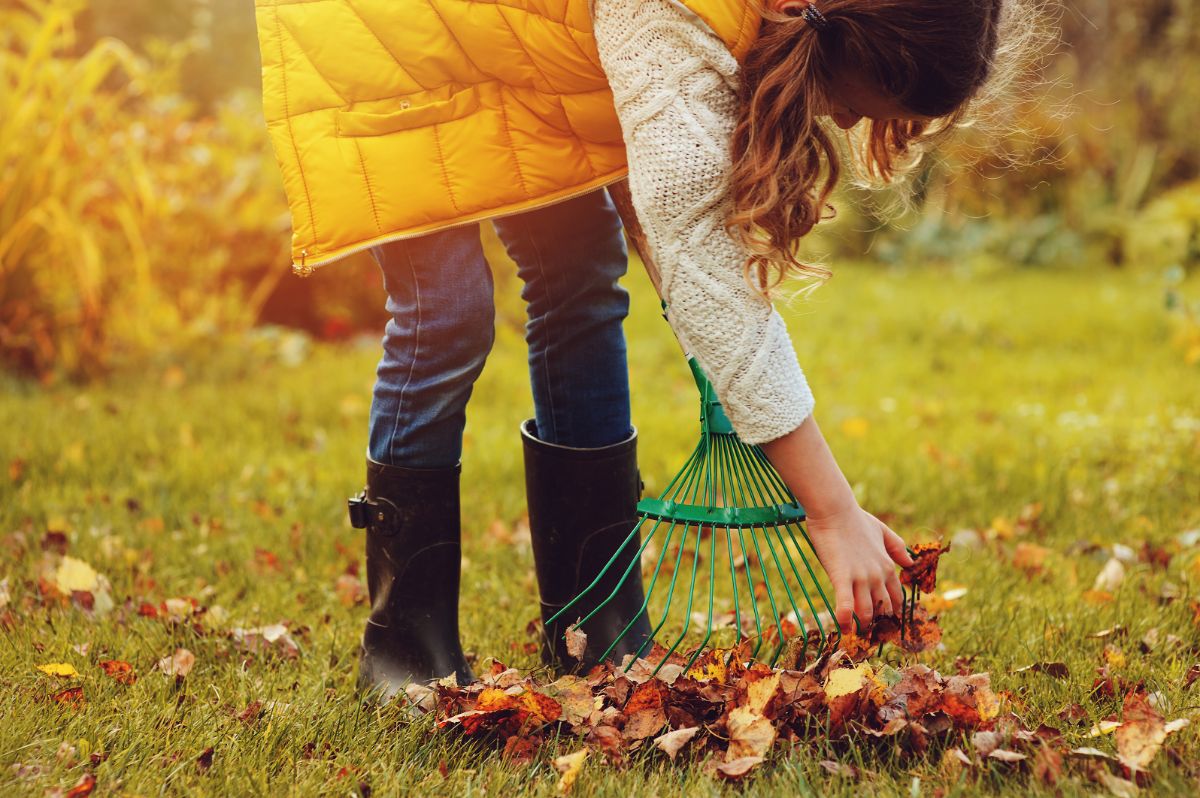
Saffron crocus corms don’t store well and should be planted as soon as you receive them.
The best time to plant saffron crocuses is in autumn, about 6 weeks before a hard frost is expected. So, be sure to plan ahead when ordering your plants.
In colder locations (zones 3 to 6), August is a perfect time for planting your crocuses. However, as saffron crocuses are not cold hardy in these regions, corms should be planted in containers and then overwintered indoors.
For warmer locations (zones 7 to 10), September is the ideal time for planting saffron crocuses directly in the garden. However, corms can be planted later in the season too.
6. Follow proper spacing guidelines
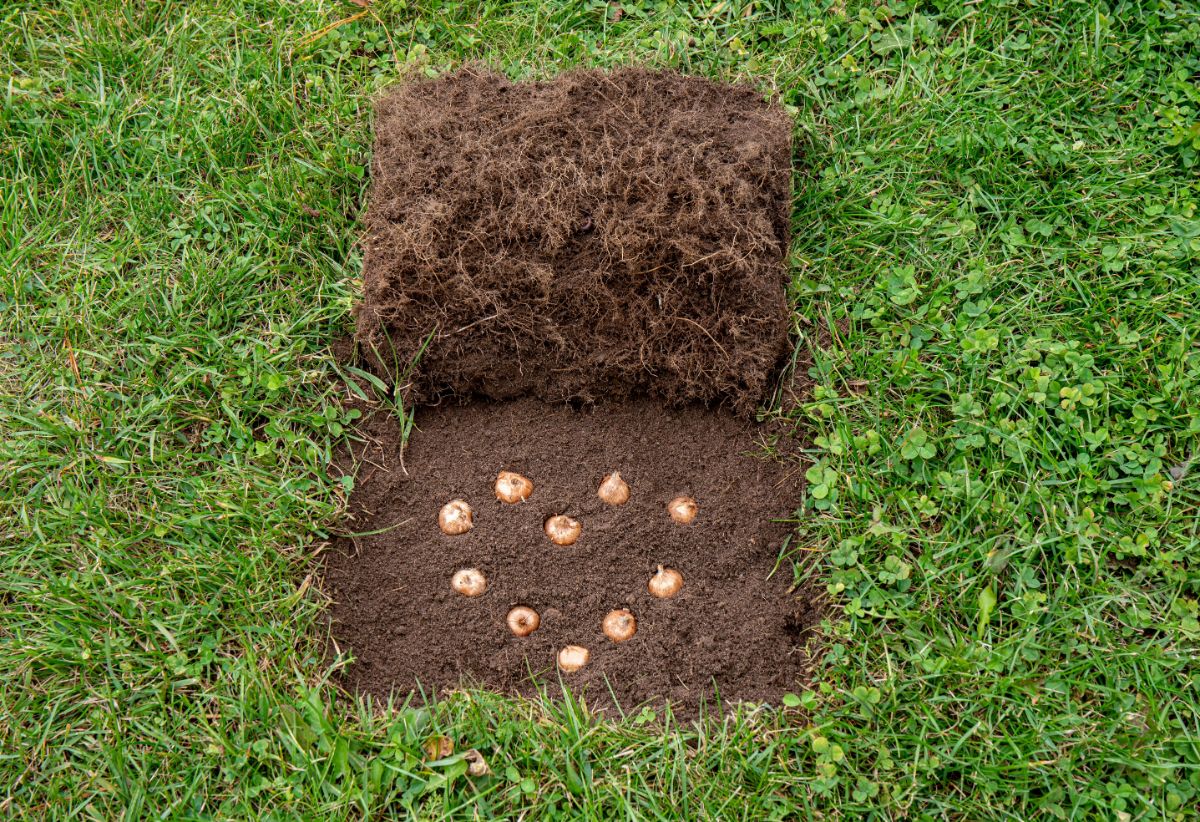
Planting your corms at the proper depth and spacing is one of the surest ways to guarantee your plants grow successfully.
For best results, plant corms 4” deep and space plants out 4” apart. For larger bulb beds, corms can be planted somewhat closer together, but try to follow spacing guidelines as closely as you can to prevent overcrowding. Using a Hori Hori gardening knife or a bulb planting tool with clearly marked measurements will help ensure your corms are all planted at the correct depth.
When planting your corms, you can also consider amending the soil a bit with organic compost, aged manure or worm castings. Although this isn’t necessary, it can give your crocuses a jumpstart on the growing season.
7. Orient your corms correctly
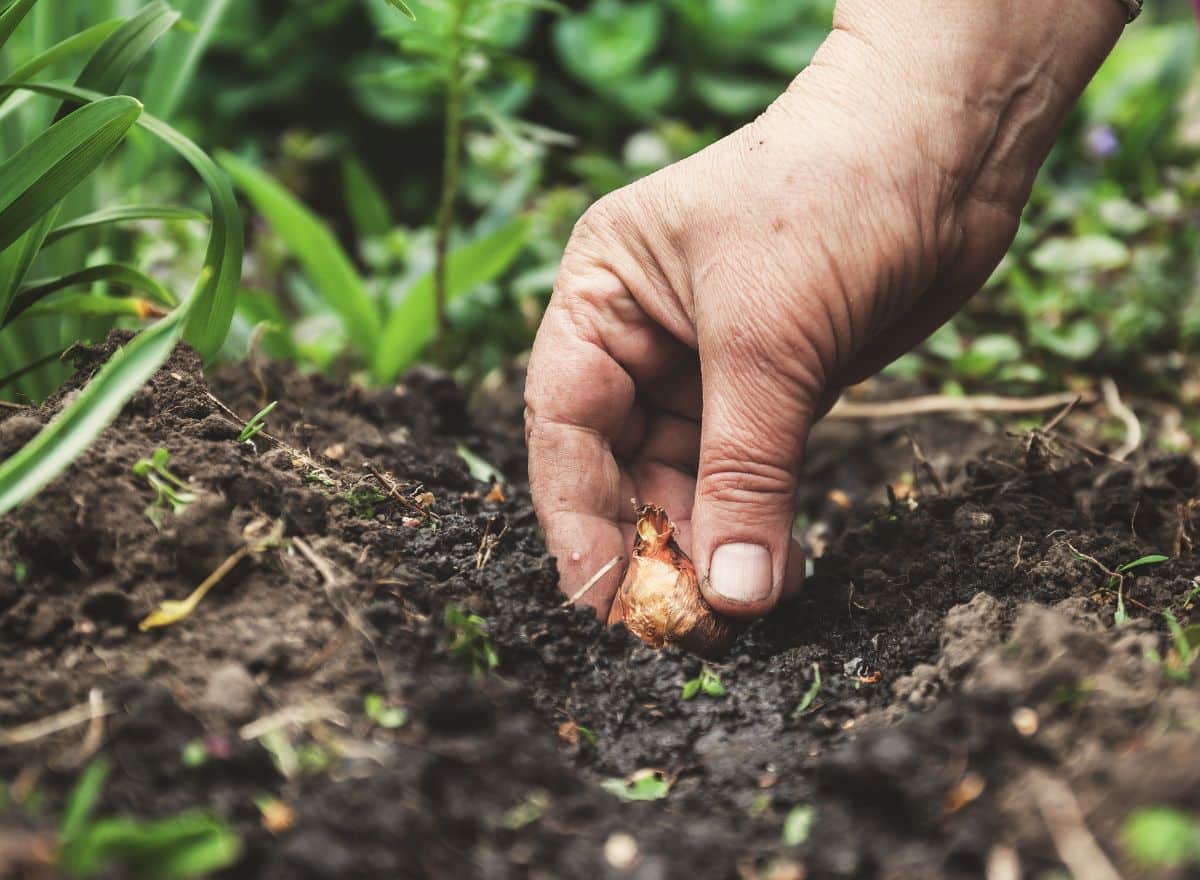
Like other bulbs, there’s a right and a wrong way to plant crocus corms.
Most corms should have a pointy side and a rounded side. When planting them, orient your crocus corms in the hole so that the pointed side is facing up.
If your corms don’t have an obviously pointed side, inspect them carefully for any signs of roots. Roots should be positioned towards the bottom of the planting hole.
8. Protect corms from pests
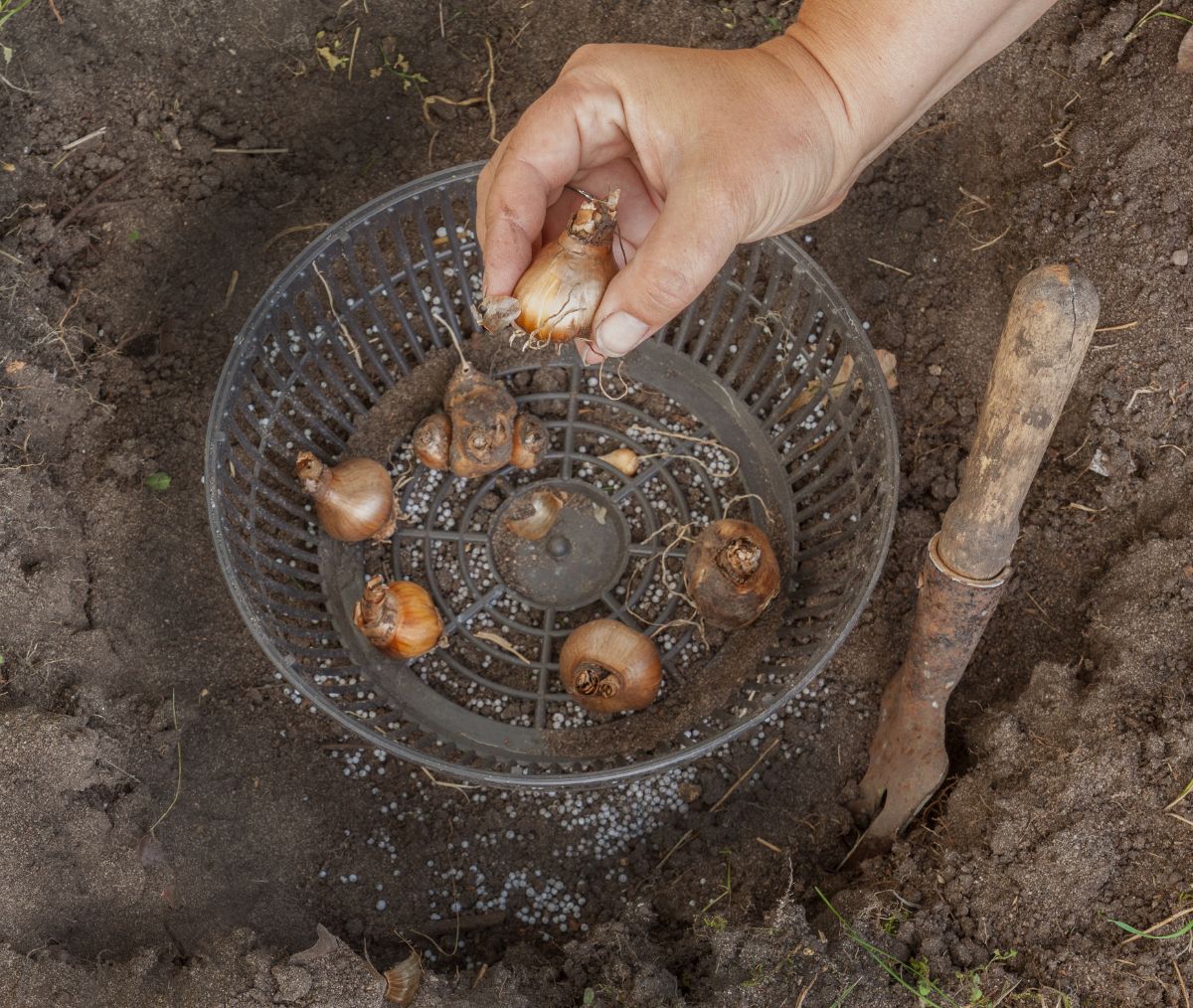
Some bulbs are naturally resistant to many garden pests, but saffron crocuses can be susceptible to damage from hungry critters.
If your yard has a large population of voles, gophers or other bulb-eating rodents, consider planting your corms in a bulb basket or encapsulating them in a hardware cloth cage to protect them from damage.
9. Be patient
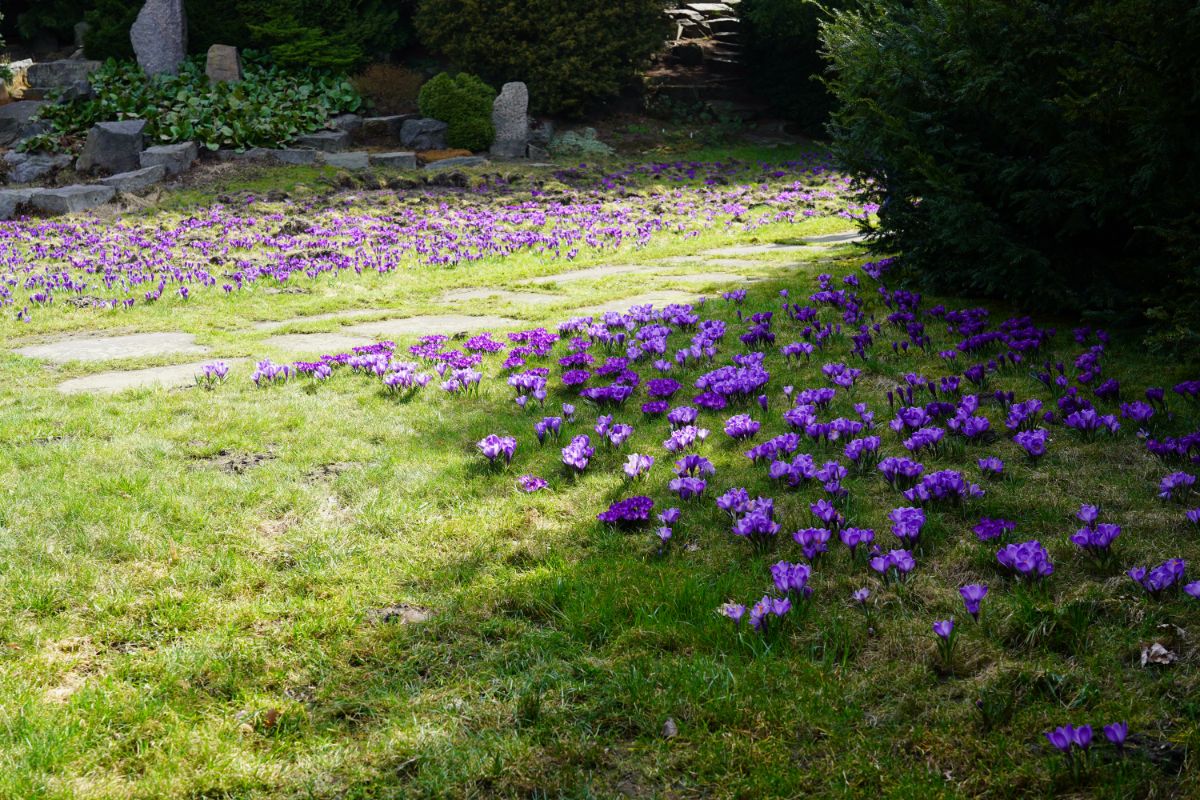
While saffron crocus corms should be planted in autumn, they often won’t flower until the following year. That means patience is key with these plants.
For fall planted corms, grass-like foliage will usually appear the following spring, but there won’t be any flowers. As temperatures rise in summer, that foliage will die back as the corm enters a state of dormancy. Then, when temperatures drop in autumn, flowers will bloom.
10. Fertilize annually
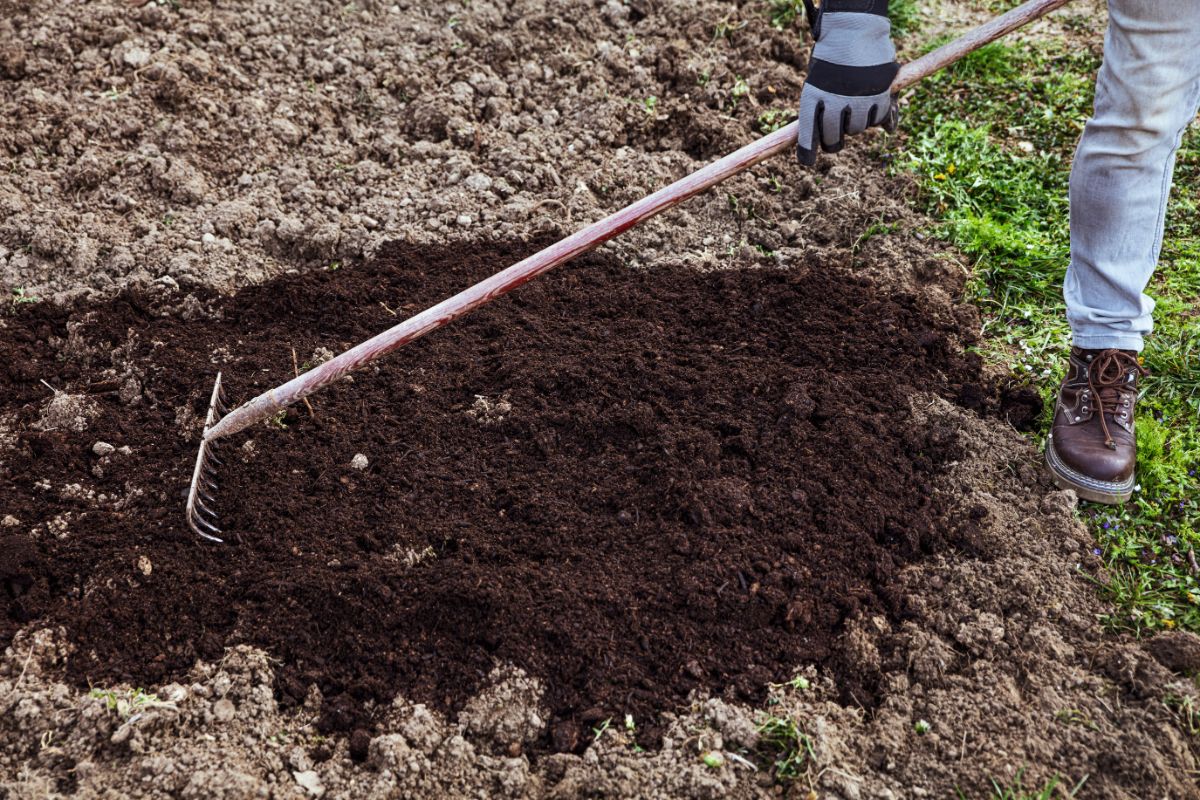
Once planted, saffron crocuses don’t need a lot of maintenance, but they can benefit from an annual application of organic fertilizer.
If your have a bed of saffron corms, you can rake a layer of aged manure, worm castings or organic compost over them. Alternatively, fertilize your corms with a quality, organic fertilizer that supports both foliage and flower growth.
11. Overwinter corms in cold regions
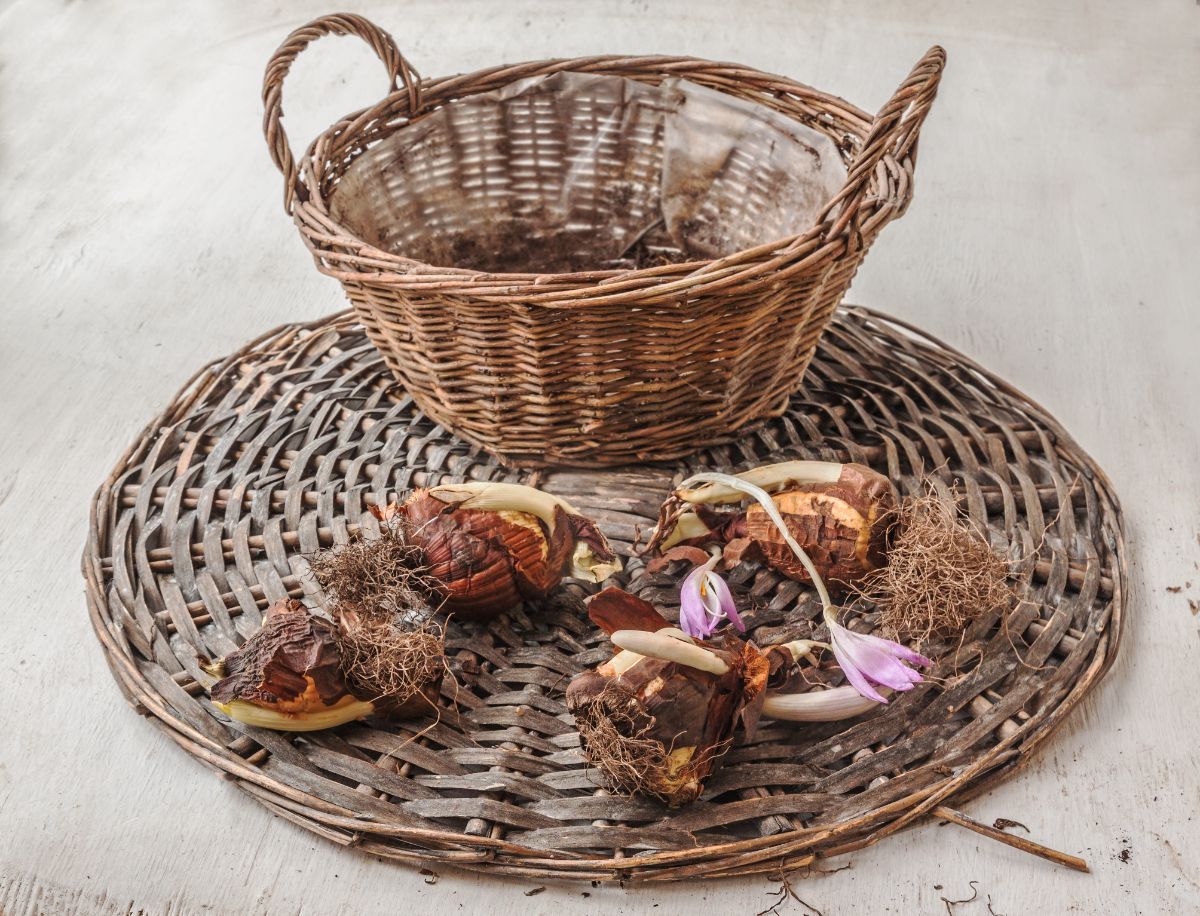
Saffron crocuses are only hardy from zones 6 to 10; however, in zone 6 it’s a good idea to apply a thick layer of mulch in autumn to help your plants survive the winter.
In colder areas (zones 3 to 5), saffron crocuses need to be overwintered in a protected location to ensure they rebloom the following year.
If you need to overwinter your crocuses indoors, there’s two main ways to accomplish it:
The first method is to dig up your crocus corms in autumn. After the first few frosts have occurred, but before the ground freezes solid, carefully lift your crocuses out of the soil. Shake off extra dirt and debris and allow your corms to air dry for a day or two.
After drying, store your corms in a plastic or wooden crate and pack dry peat moss or sand around them. Store your crocuses until spring in a cool, dry location that stays around 40 to 50F during winter. A dry basement is a good spot for this.
In spring, after all danger of frost has passed, plant your corms outdoors again. But hold off watering them until foliage sprouts in autumn.
For a quicker option, simply pot up your saffron crocuses in a terracotta pot or other planter and sink the pot in the ground in your garden in springtime. Once foliage dies back in autumn, dig up the pot and overwinter the entire setup indoors until spring.
Whichever option you choose, marking your growing location with plant labels or bamboo stakes is recommended so you don’t forget where you planted your crocuses!
12. Divide your crocuses
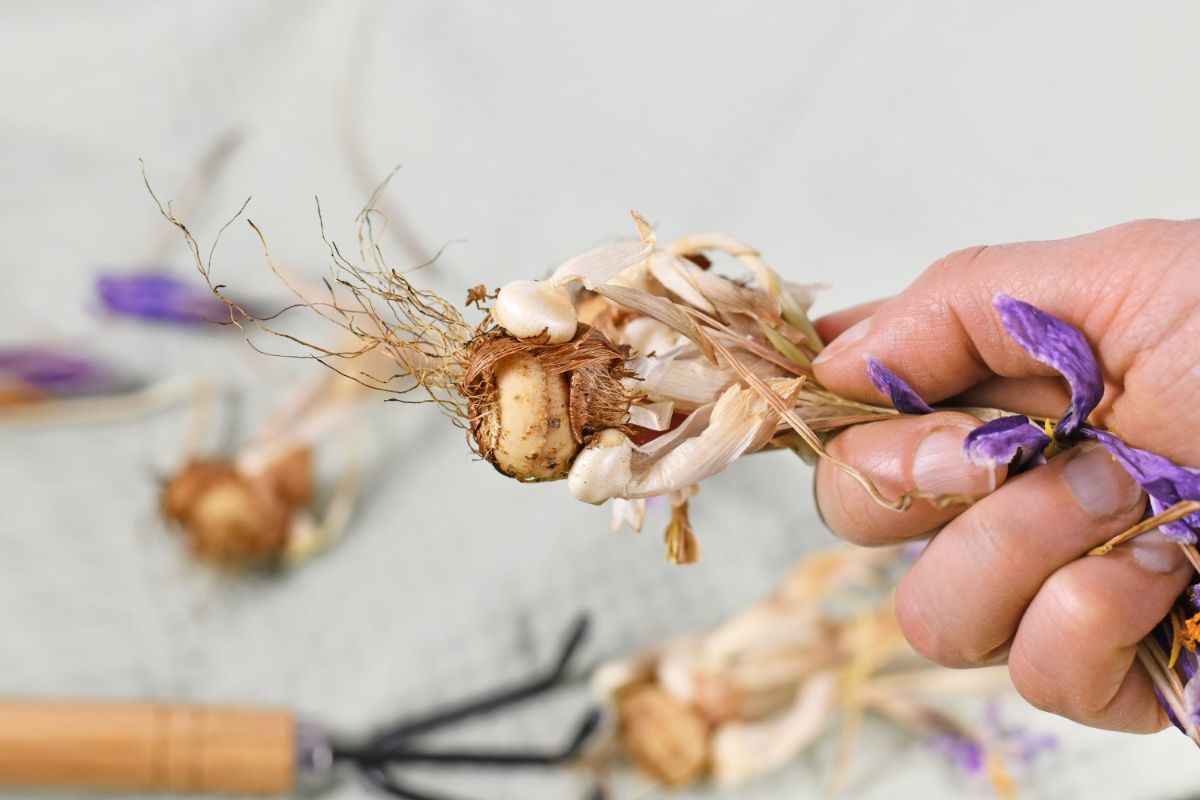
Like other flowering bulbs, saffron crocus tends to spread and multiply quite quickly. If left to grow on their own in this manner, garden beds can become overcrowded, which can promote plant pathogen spread. Overcrowded plants also have less access to the nutrients and water they need, so growth rate and flowering may be impacted.
For this reason, be prepared to divide your crocus corms once every 4 to 6 years. Wait until after the foliage has died back on your plants before dividing. It’s also a good idea to time your plant division for when the sky is overcast and temperatures are cool to keep your corms from drying out or getting overly stressed.
13. Water when needed

After planting saffron crocuses or other bulbing plants, it’s usually a good idea to water your beds. Watering newly planted corms helps remove air pockets in the soil that can cause your corms to dry out. It also triggers root growth, which helps your plants establish themselves more quickly before winter kicks in.
Saffron crocuses usually don’t need additional water throughout the growing season. But if your area is experiencing severe drought, you can water your corms once a week throughout the growing season. Adding a layer of mulch over your newly planted corms can help protect the soil from drying and conserve water for your plants to use.
14. Tidy up your beds
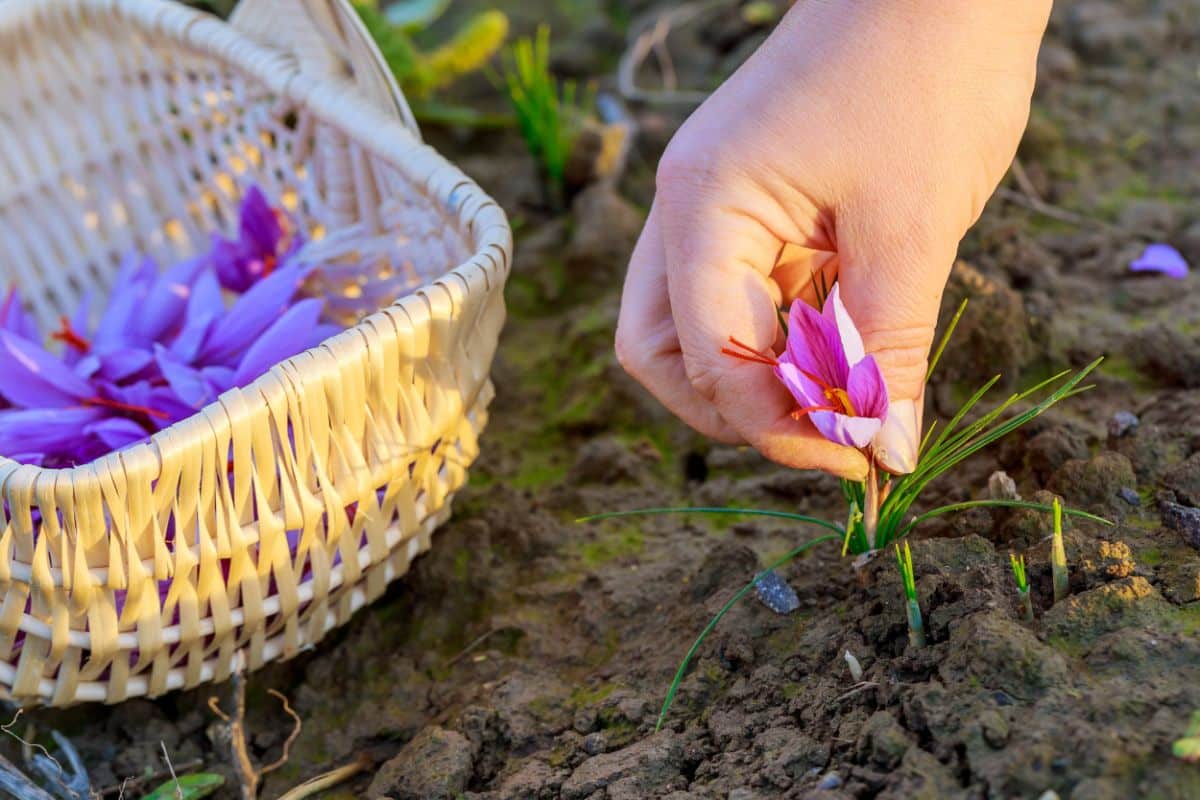
At the end of the season or during summer dormancy, the grass-like leaves of saffron crocuses will die back and turn brown. While you can leave them in place, you can also remove them for tidier looking beds.
Wait until the leaves are fully dry and crispy and are easy to pull up from the soil with minimal resistance. When leaves are easy to pull, it means that your crocus corms have received all the nutrients they need from their leaves. If the leaves resist pulling, wait a few more days until they die back fully, then remove them.
Once the dried foliage has been removed, there is usually no sign of where your crocuses are planted. So, it can be a good idea to mark out the planting location of your crocuses with plant labels or bamboo stakes. This will keep you from accidentally digging them up while you’re busy doing other gardening tasks.
15. Know when to harvest
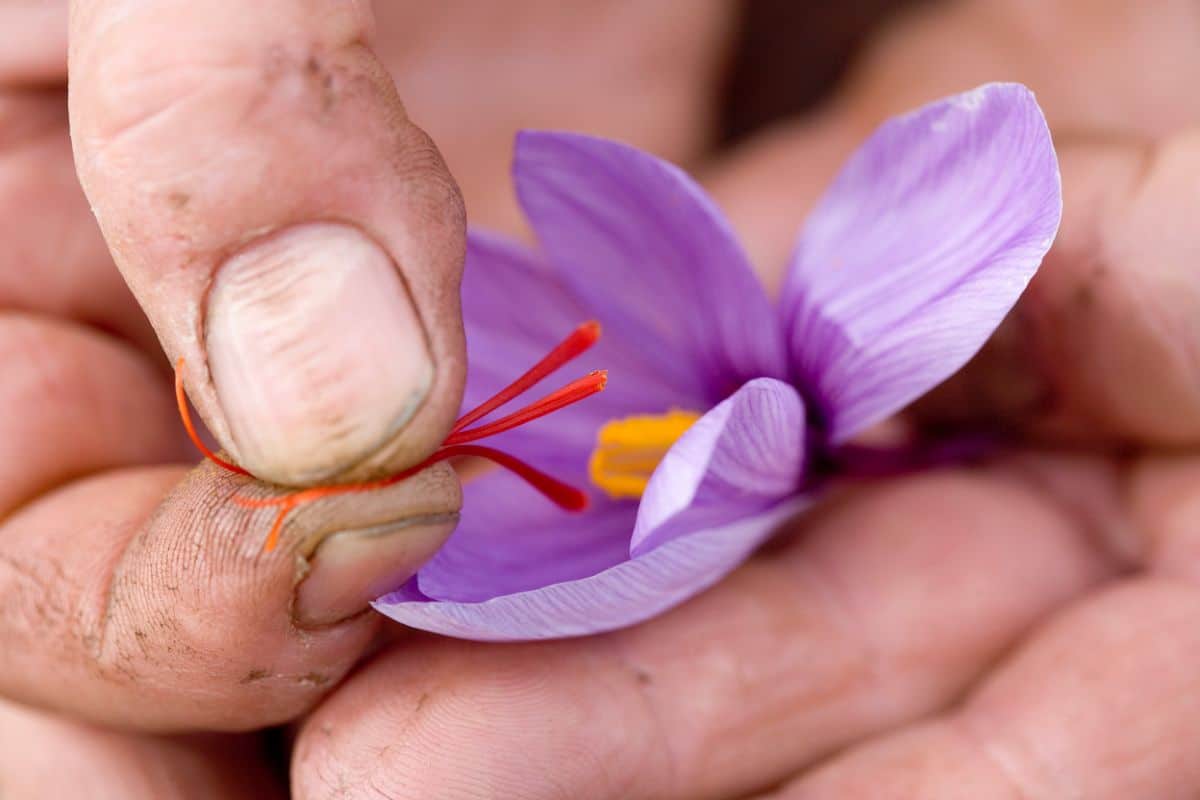
Saffron crocuses bloom in autumn, so you’ll need to be prepared to harvest your saffron when it’s ready.
Saffron should be harvested in the morning on a sunny day. Wait to harvest until flowers open fully, but petals are still fresh.
To harvest, simply use your fingers to carefully pull the 3 thread-like stigmas out from each bloom. Gather your stigmas in a sturdy jar while you work to prevent any waste.
16. Dry your saffron fully
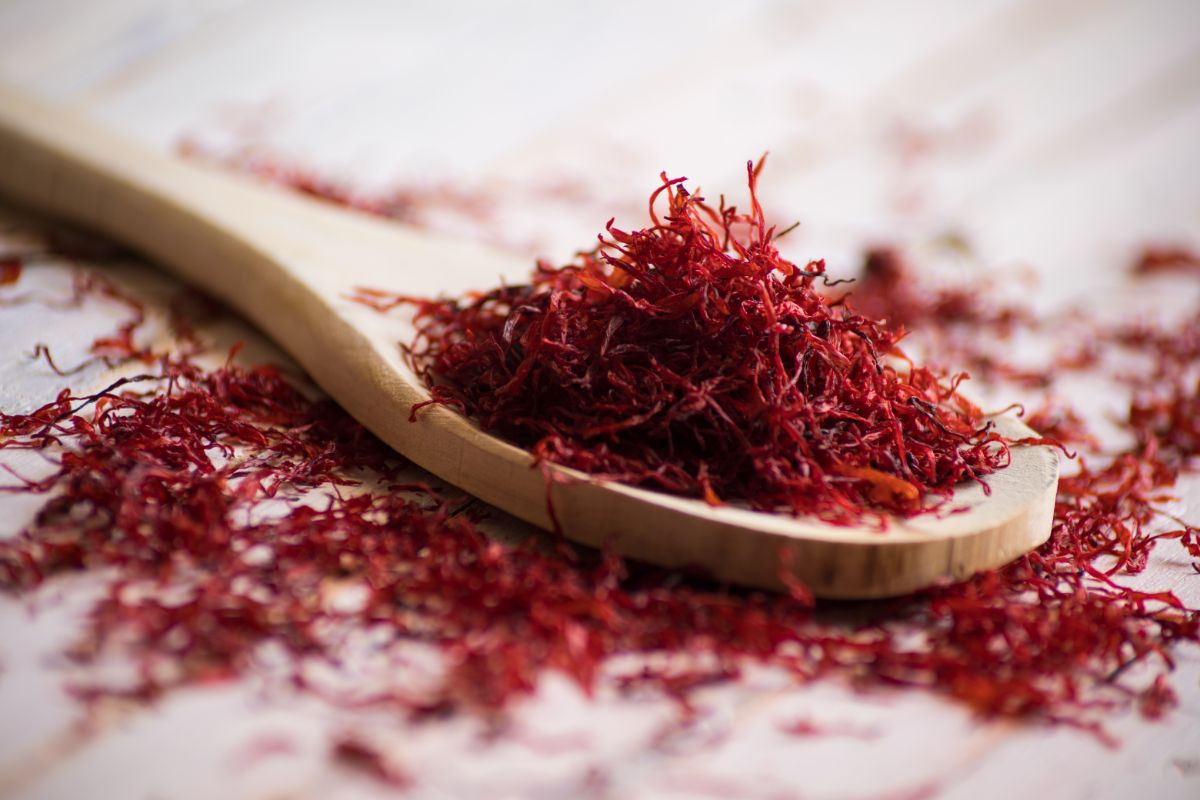
After you’ve harvested your saffron threads, spread them out in a single layer on a screen or a paper towel in a warm, dry location until they’re fully dry.
Because strands are so delicate, it can help to dry your saffron in an enclosed location so they don’t accidentally get blown about by the breeze. Drying your saffron in a cool, closed oven or under your kitchen cabinet can work quite well.
17. Store your saffron spice the right way

Once your saffron is dry, store your spice in an airtight container in a cool location out of direct sunlight.
For large quantities, glass canning jars work well for storing homegrown spices, like saffron. But, for more aesthetic appeal, there are lots of cute spice container options too!
18. Use your homegrown saffron
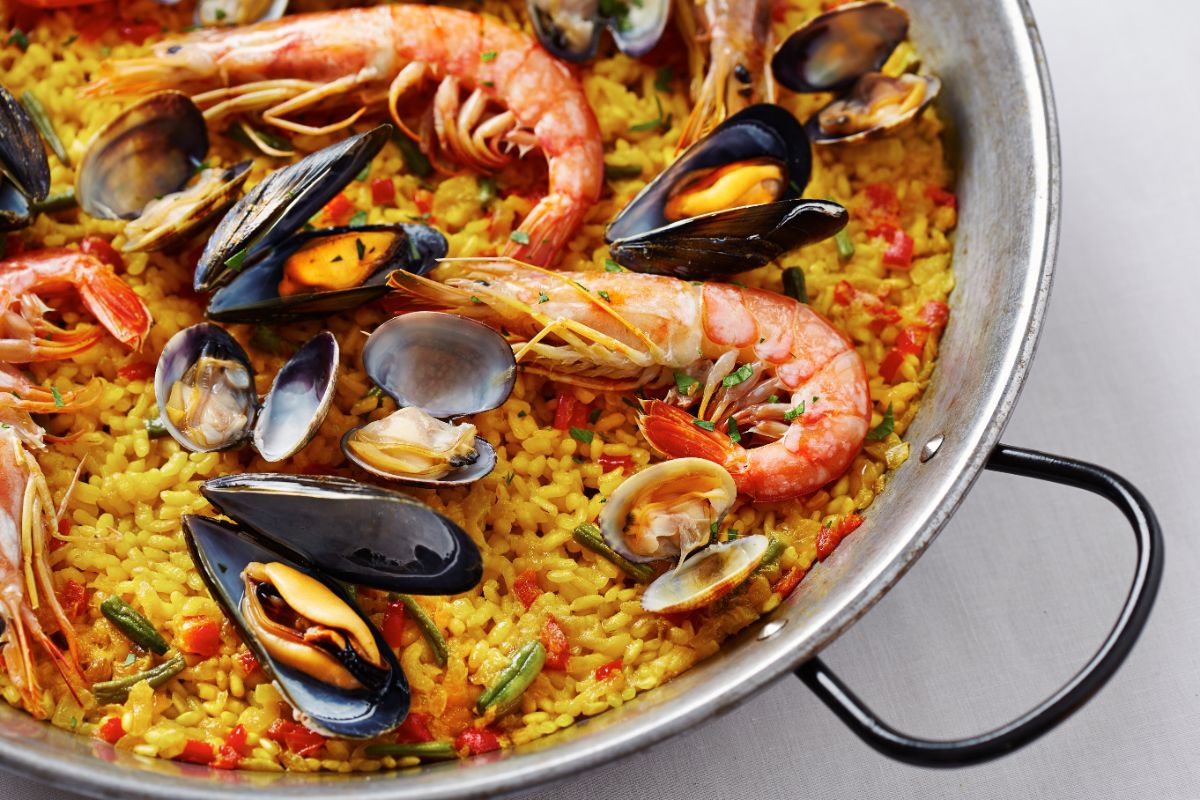
Saffron can be used fresh or dried.
When working with saffron as a spice, steep the threads in hot liquid (depending on your recipe, that can be water, broth, milk, etc.) for 20 minutes to release all their luscious color and flavor. Then pour your water with the saffron strands into your pot and get cooking or baking!
Saffron is a very versatile spice and works well in tons of dishes including:
- Spanish paella
- Tahdig (crispy Persian saffron rice)
- Bouillabaisse
- Simple saffron risotto
- Saffron panna cotta
Frequently asked questions
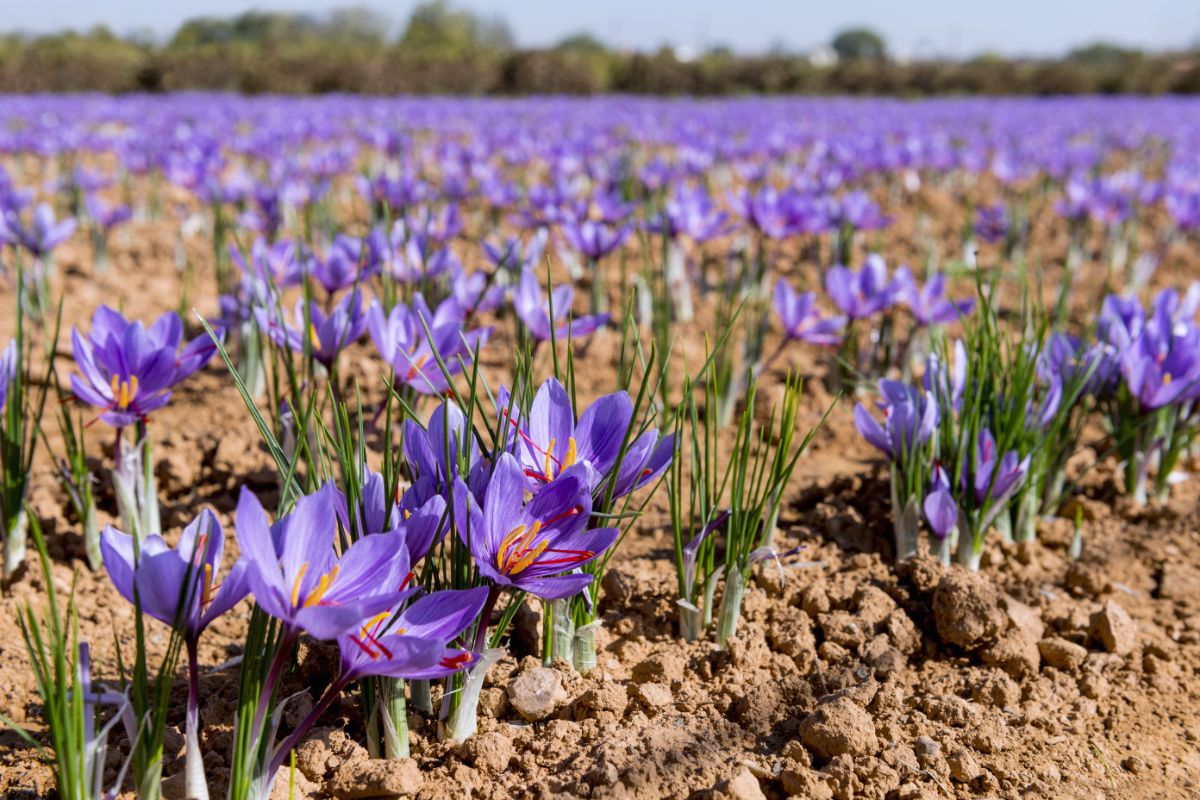
There are over 100 types of crocuses and not all of them are edible. Saffron comes from the saffron crocus (Crocus sativus), which should not be confused with the autumn crocus (Colchicum autumnale). Autumn crocuses are toxic.
Saffron crocuses are not difficult to grow, as long as you understand their key growing requirements. For happier plants, locate saffron crocuses in rich, well-draining soil and make sure they get plenty of sunlight.
Saffron crocuses are only hardy to zone 6, where they will grow as perennials. In colder locations, corms need to be overwintered indoors to protect them from freezing temperatures.
Saffron comes from the thread-like stigmas of saffron flowers. To harvest 1 pound of saffron, you’ll need to grow between 70,000 and 75,000 saffron crocus corms.
Summary
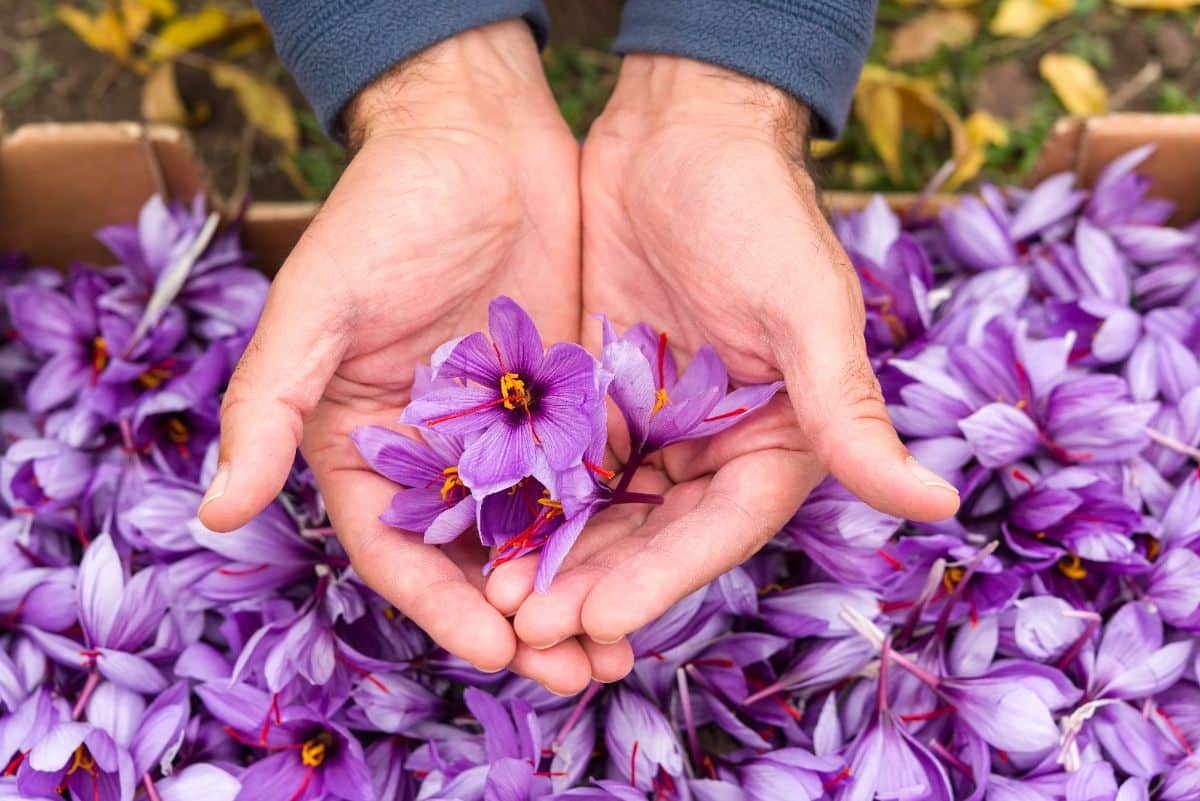
Crocuses are popular spring and autumn blooming flowers that are a common sight in many gardens. However, for something a bit different, try growing saffron crocuses and reap the benefits in the form of homegrown and delicious saffron!
Despite being one of the most coveted and expensive spices around, saffron is incredibly easy to grow in your own backyard. Grow just a few plants to ensure your kitchen always has a nice supply of fresh saffron, or grow your own larger crop of saffron to sell.
However you decide to use saffron in your kitchen and garden, we think you’ll be pleasantly surprised by this low maintenance and tasty plant!
If you enjoyed this article, check out our piece on creating acorn flour from scratch for more innovative backyard foraging ideas!

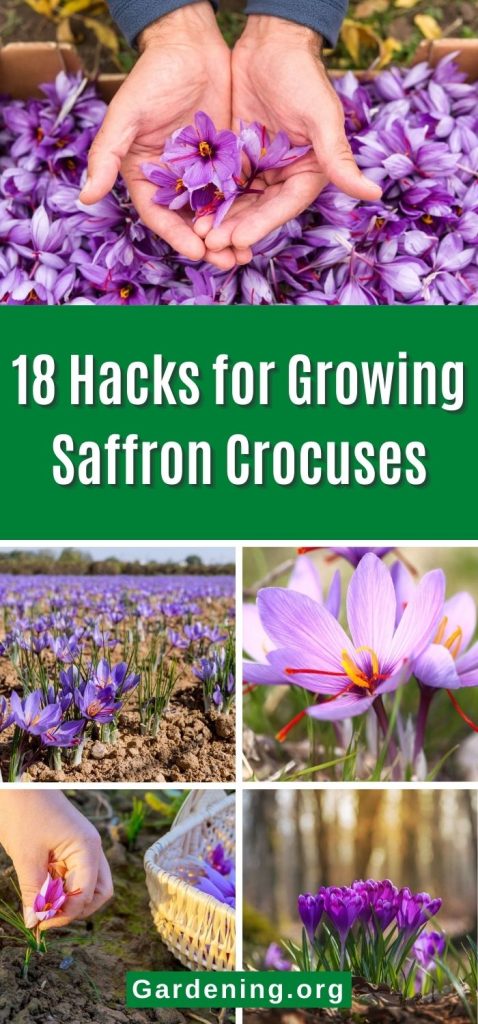
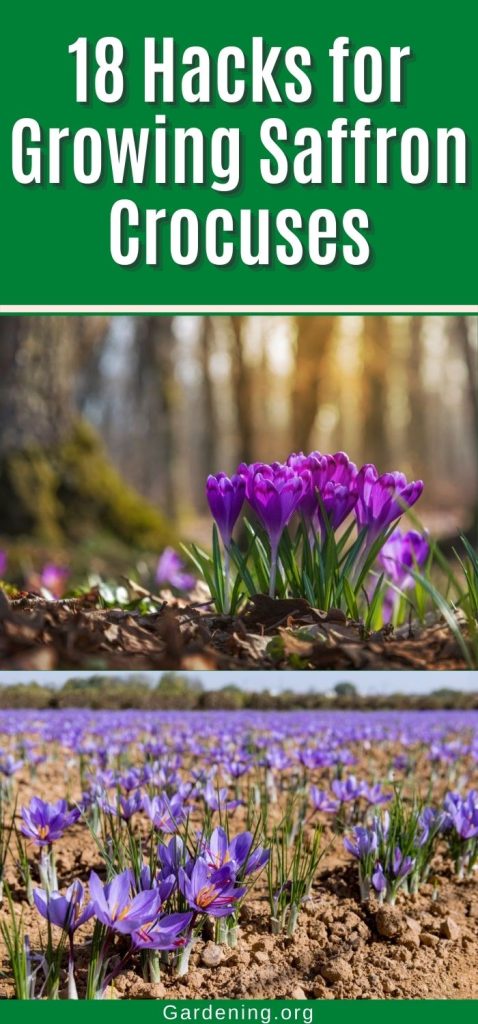
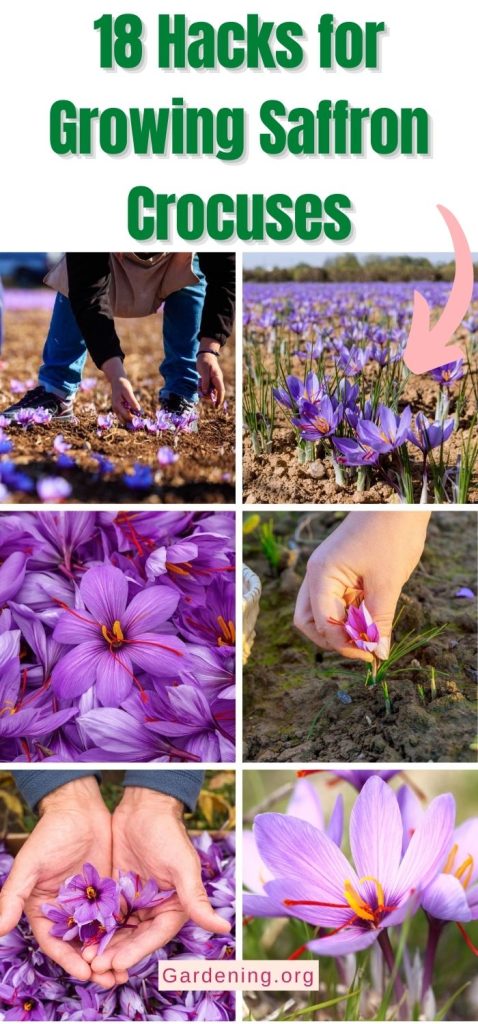
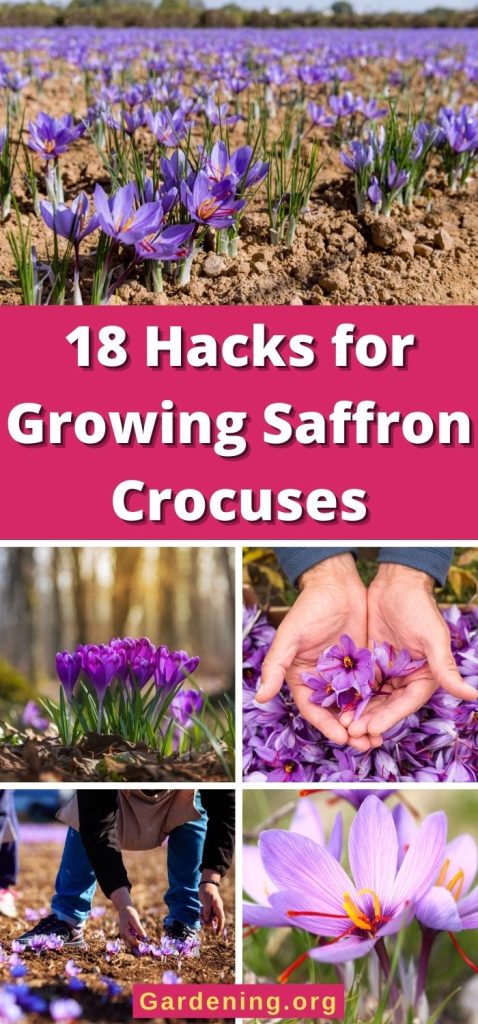

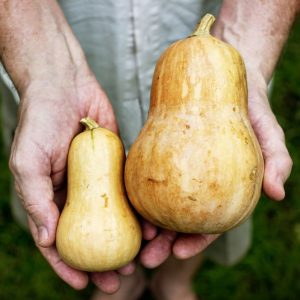
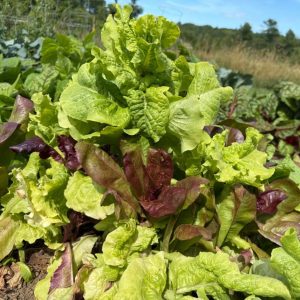
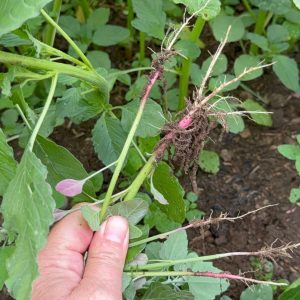
Leave a Reply